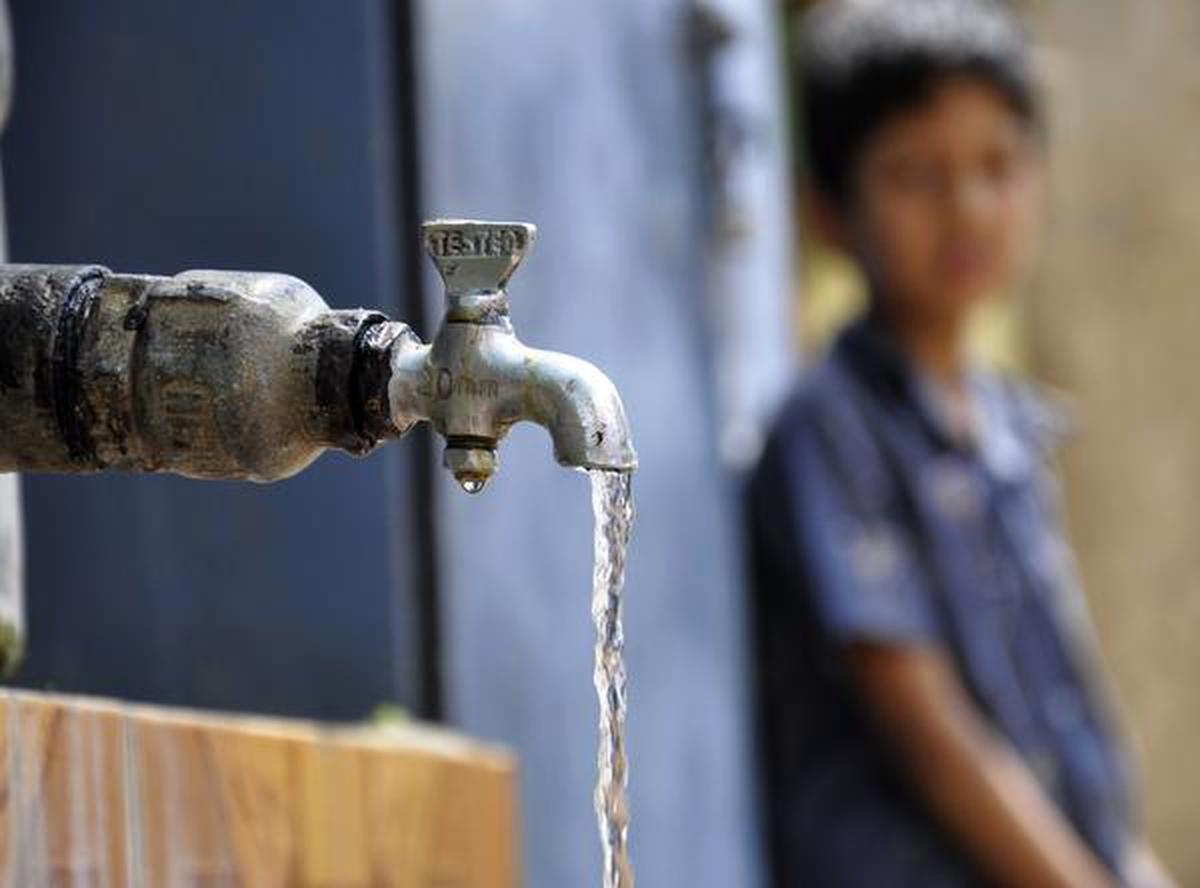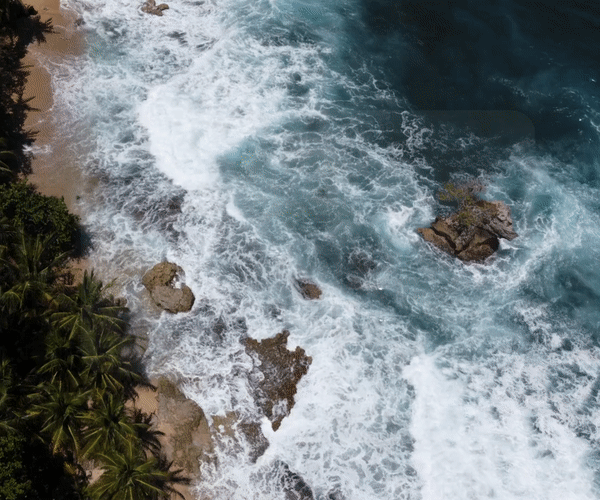COSTA RICA
LATEST ARTICLES
Water in Costa Rica and What You Should Know
Water in Costa Rica and What You Should Know
by Jeanne in Costa Rica

Costa Rica is a small country with a population of around 5 million, yet it has an impressive array of diverse ecosystems. With access to the Caribbean Sea and the Pacific Ocean, Costa Rica boasts incredible biodiversity and an abundance of natural resources.
Unfortunately, one of these resources — water — is not evenly distributed throughout the country. Water resources in Costa Rica are highly variable due to its mountainous terrain and climatic conditions. Ensuring access to sufficient water for all areas presents a significant challenge.
Some areas have more water than they need, while others need more sources. This uneven distribution necessitates implementing effective water resource management strategies for efficient use and equitable sharing among stakeholders.
Some areas have more water than they need, while others need more sources. This uneven distribution necessitates implementing effective water resource management strategies for efficient use and equitable sharing among stakeholders.
Water Challenges in Costa Rica
The good news is that 92.4% of the population of Costa Rica has access to drinking water. Community-based operators manage this availability throughout the country knowns as ASADAS.
The country formed the AyA (Institute of Aqueducts and Sewers), “a national government agency that regulates and distributes water” in 2014 to get investments so communities could access drinking water. The AyA for the community organizations, ASADAS, as on-the-ground officials to help support and maintain water for their population.
Because of the challenges faced due to environmental and social conditions, the ability to get enough water to keep up with the rise in population has become and will continue to become a problem. Smart Water Magazine says, “by 2050, Costa Rica will receive half the precipitation, while drinking water demand will increase.”
There are 1,450 ASADAS in Costa Rica, which provide drinking water to 30% of the country’s population. The AyA works to support the ASADAS with projects to build more infrastructure, build capacity, and water protection. Even with AyA’s support, the problem for some areas to getting the water they need and want to keep up with growth from tourists and ex-pats is tremendous.
Water conservation is strict in many areas:
• Some areas have water times without water flow to preserve water
• Requests for water conservation practices—replace grass with drought-resistant plantings like cactus and succulents
• Fix leaks
• Flush toilets only when necessary
• Take navy showers
• And more…
While these measures sound odd in a country with an average rainfall of 100 inches annually, depending on where you live, you’ll experience different precipitation levels and their differing effects on water usage.
Costa Rica and the Problem With water

The areas of Guanacaste Province, on the Pacific side, and the Central Valley, which includes the capital city of San Jose, are the most at risk for experiencing water shortage and stress in the future.
They are at risk for two different reasons —
1. the Guanacaste Region because of low rainfall and coastal aquifers not being replenished quickly enough to keep up with population growth.
2. The Central Valley is the most populated area, and its aquafers also can’t keep up with the growth.
1. the Guanacaste Region because of low rainfall and coastal aquifers not being replenished quickly enough to keep up with population growth.
2. The Central Valley is the most populated area, and its aquafers also can’t keep up with the growth.
The problem with water — The majority of water in Costa Rica comes from aquifers. Water in aquifers is groundwater. They are replenished by rain and volcanic activity. Costa Rica has a few large reservoirs, but most water comes from aquifers.
Unlike the mountainous areas, the coastal aquifers must be protected because they bump up with the ocean, and overuse of them can lead to salinization. The more water is taken from the aquifers without replenishment, the more chance the ocean will flow into it and selenate the source.
The Guanacaste Region (the pacific ocean side) has a more difficult time refilling aquifers because there is less rainfall and increased use because of tourism and population growth. In addition, 100+ illegal wells are pulling from the aquifers. This isn’t good. It has been reported that desalinating the aquifer can take up to 100 years.
In these areas, there are pipelines or aqueducts. Water is piped in from places that have water to supplement water usage. However, the aqueduct infrastructure isn’t as robust as it could be, and some areas get only a portion of the aqueduct water.
More infrastructure is needed to pull more water from the aqueduct system. The Pacific West and Central Valley will be under this kind of stress until they have more infrastructure, which the local ASADAS are working on.
How This Affects Where You Might Choose to Live in Costa Rica
To build a home in Costa Rica, you need a permit, but what’s different about getting a permit here is that you must first have a water letter. A water letter is given by the local ASADA saying that potable water is available for use on the property.
Because of the difficulty accessing water in the Guanacaste and Central Valley regions, water letters have been stopped. So, the local ASADAS in the Pacific West and Central Valley will not give you a water letter, which means you can’t have a water meter and therefore have no water on your property.
When considering a move to Costa Rica, if you want to build a house, always inquire about the water letter and any water restrictions. Some people purchased lots for building, didn’t know they needed a water letter, and whose plans are now on hold because they can’t build.
A Final Thought
The uneven distribution of water resources in Costa Rica poses a significant challenge to effective resource management. Effective strategies must be implemented to ensure all areas have access to sufficient water.
This includes better monitoring water usage, creating more efficient irrigation systems, and investing in improved infrastructure for water supply.
It is clear that if these practices are not adopted, the unequal distribution of resources may lead to further conflicts between local communities, who rely on the same water source for their livelihoods.
With proactive measures and careful planning, Costa Rica can secure a sustainable future for its people. Costa Rica remains a beautiful place to live, and depending on where you’re thinking of moving to, consider the water availability and how it might affect your plans.
Pura Vida! 🌺
About The Author
Jeanne and her husband, James, live in Costa Rica.
They moved from the USA to enjoy a slower and more relaxed pace of life, and soon after had found their new home.
If you'd like to meet fellow expats who've made the move successfully, consider attending the 7-Day 'Moving To Costa Rica' Relocation Retreat.





